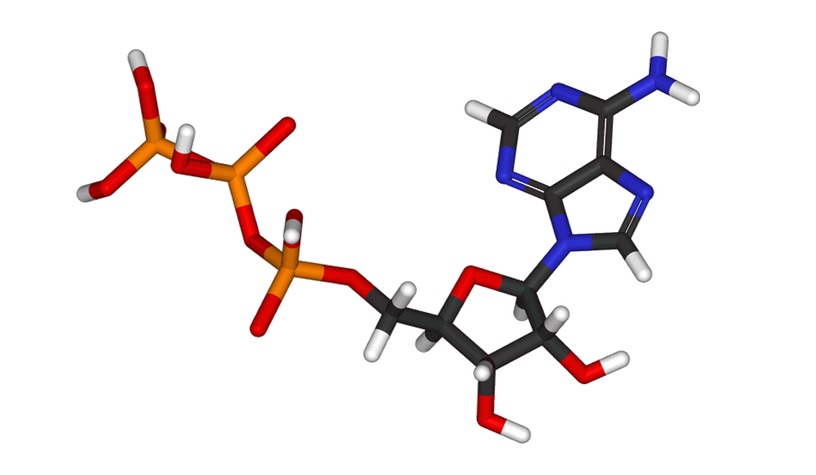
Biomembranes are of fundamental importance in determining the organisation and functioning of living cells. The aims of this course are to introduce students to basic composition and biophysical properties of biomembranes and how they are associated with cellular activities. The second focus of the course is on the principles underpinning energy transduction and storage by biomembranes and the role of electrochemical gradients in cellular function.
These aims will be explored in the context of lipid and membrane protein structure and how it translates into the activity of biological membranes. Biophysical and biochemical methods to study membranes will be discussed alongside the specific roles of membranes in the signal transduction, ion and solute transport and energy storage in cells.
Energy generation and transformation by membranes is an essential feature of all cells: membrane electron transport processes will be discussed (with particular attention being given to respiratory and photosynthetic processes), together with the chemiosmotic theory for ATP synthesis by membranes. A bottom up approach building from basic thermodynamics to observed macroscopic effects and biological function is taken. Particular emphasis is placed on the quantitative description of chemical free energy changes and electron transfer reactions allowing students to analyse and interpret biophysical data in the context of actual experiments.
Learning Outcomes:
In order to pass this module, students will need to be able to:
1. Describe the structure, organisation and biogenesis of biological membranes. Explain how physico-chemical properties of the lipids and proteins lead to the dynamic nature of biological membranes;
2. have comprehensive knowledge of the main characteristics of membrane proteins and their roles in membrane structure, transport and signaling;
3. demonstrate systematic understanding of how ions and solutes are transported across biological membranes and creation of membrane gradients and be able to solve practical problems relating to the above;
4. explain the principles of photosynthetic energy conversion and chemiosmotic theory of energy transduction by biological membranes;
5. demonstrate critical understanding of the thermodynamics underpinning these mechanisms;
6. demonstrate comprehensive knowledge of the range of techniques used to study membranes and competence in the skills of practical lab work, data analysis and applications of equations and competence in the analysis and interpretation of discussed biophysical data;
7. understand the theory and practice of key techniques used in lipid and membrane protein research;
8. understand the theory and practical aspects of thermodynamics and kinetics;
9. demonstrate competence in data presentation, analysis and interpretation. Work effectively as part of a team to analyse and present experimental and theoretical data.
These aims will be explored in the context of lipid and membrane protein structure and how it translates into the activity of biological membranes. Biophysical and biochemical methods to study membranes will be discussed alongside the specific roles of membranes in the signal transduction, ion and solute transport and energy storage in cells.
Energy generation and transformation by membranes is an essential feature of all cells: membrane electron transport processes will be discussed (with particular attention being given to respiratory and photosynthetic processes), together with the chemiosmotic theory for ATP synthesis by membranes. A bottom up approach building from basic thermodynamics to observed macroscopic effects and biological function is taken. Particular emphasis is placed on the quantitative description of chemical free energy changes and electron transfer reactions allowing students to analyse and interpret biophysical data in the context of actual experiments.
Learning Outcomes:
In order to pass this module, students will need to be able to:
1. Describe the structure, organisation and biogenesis of biological membranes. Explain how physico-chemical properties of the lipids and proteins lead to the dynamic nature of biological membranes;
2. have comprehensive knowledge of the main characteristics of membrane proteins and their roles in membrane structure, transport and signaling;
3. demonstrate systematic understanding of how ions and solutes are transported across biological membranes and creation of membrane gradients and be able to solve practical problems relating to the above;
4. explain the principles of photosynthetic energy conversion and chemiosmotic theory of energy transduction by biological membranes;
5. demonstrate critical understanding of the thermodynamics underpinning these mechanisms;
6. demonstrate comprehensive knowledge of the range of techniques used to study membranes and competence in the skills of practical lab work, data analysis and applications of equations and competence in the analysis and interpretation of discussed biophysical data;
7. understand the theory and practice of key techniques used in lipid and membrane protein research;
8. understand the theory and practical aspects of thermodynamics and kinetics;
9. demonstrate competence in data presentation, analysis and interpretation. Work effectively as part of a team to analyse and present experimental and theoretical data.
- Module Supervisor: Vassiliy Bavro
Category: Final Year Undergraduate